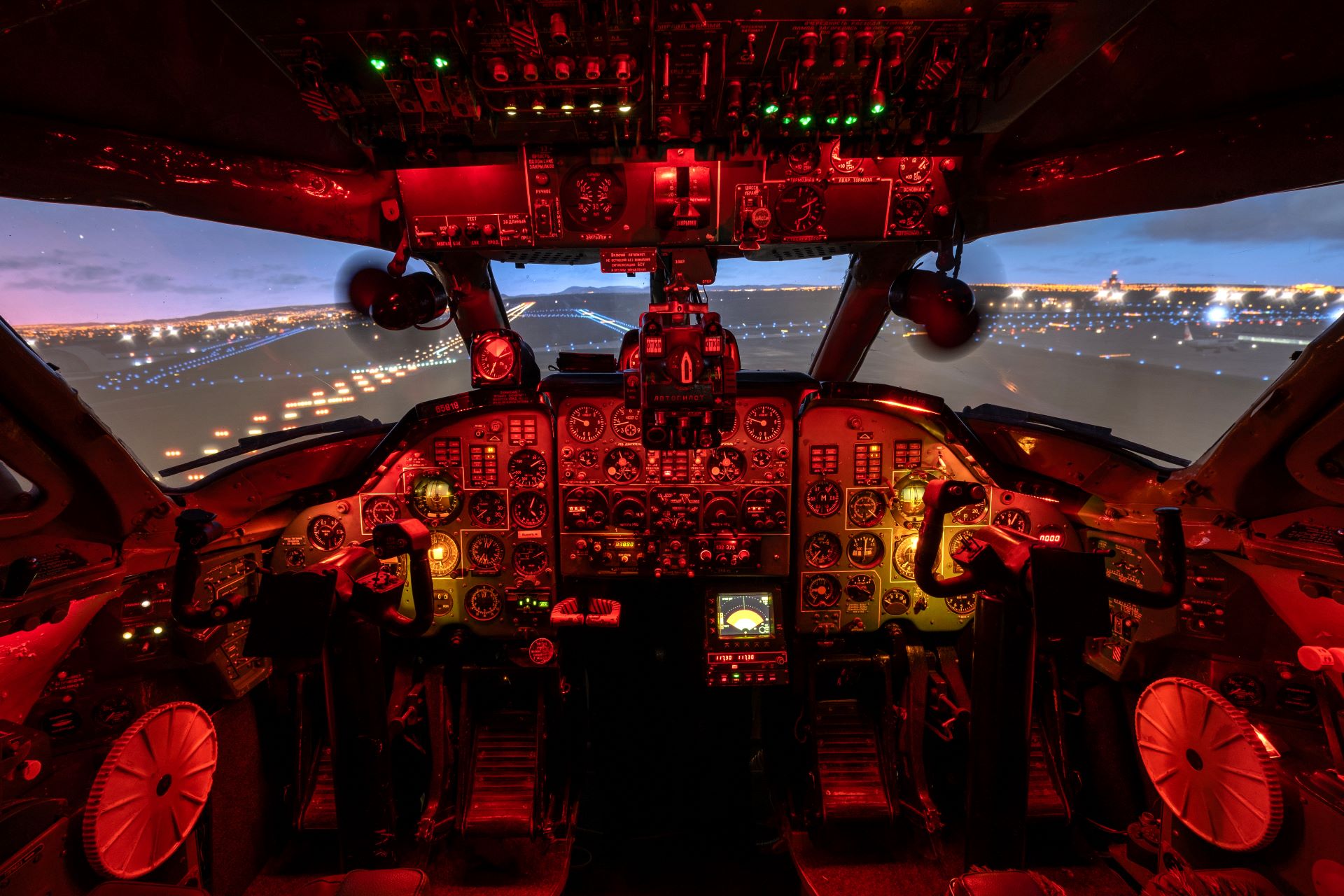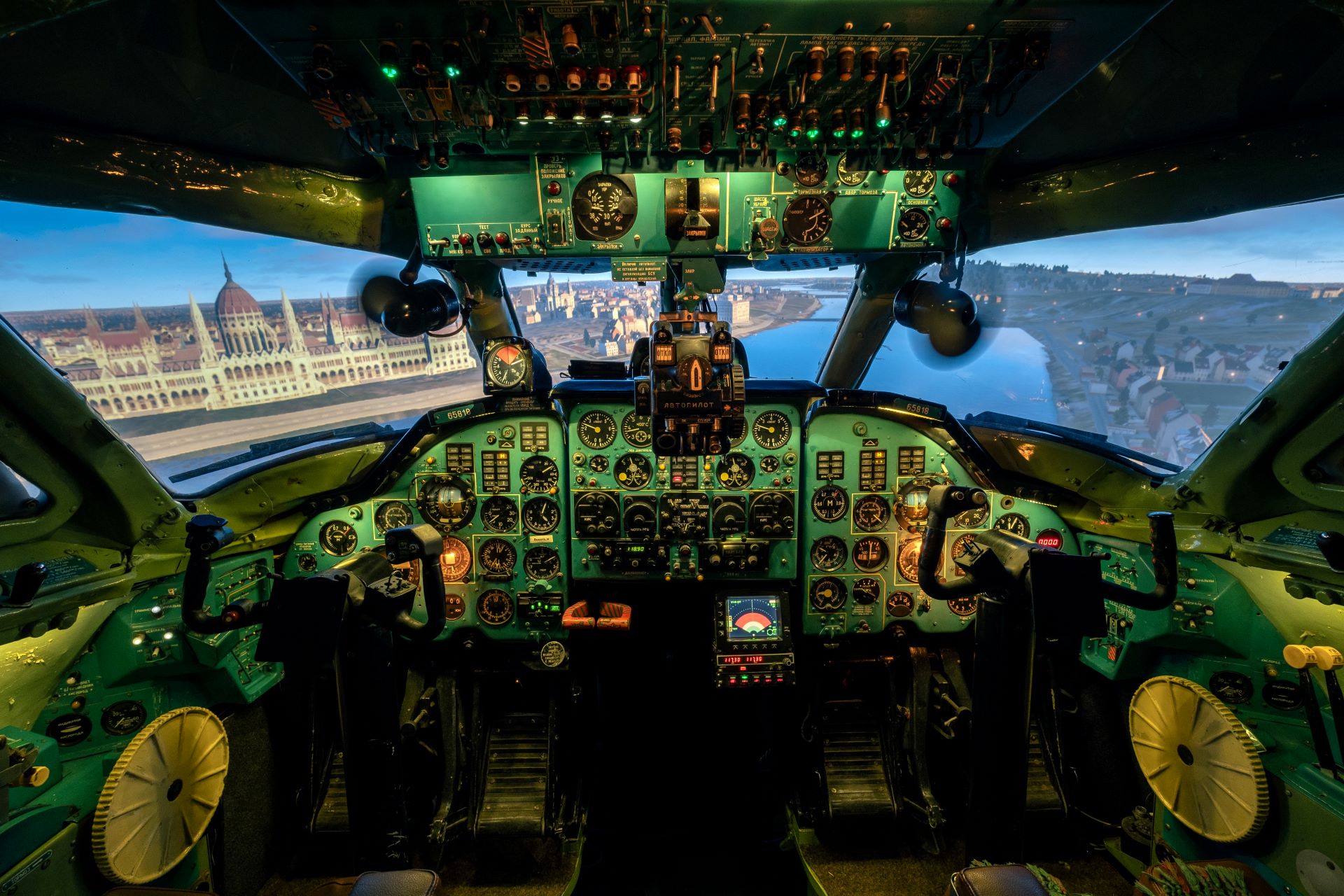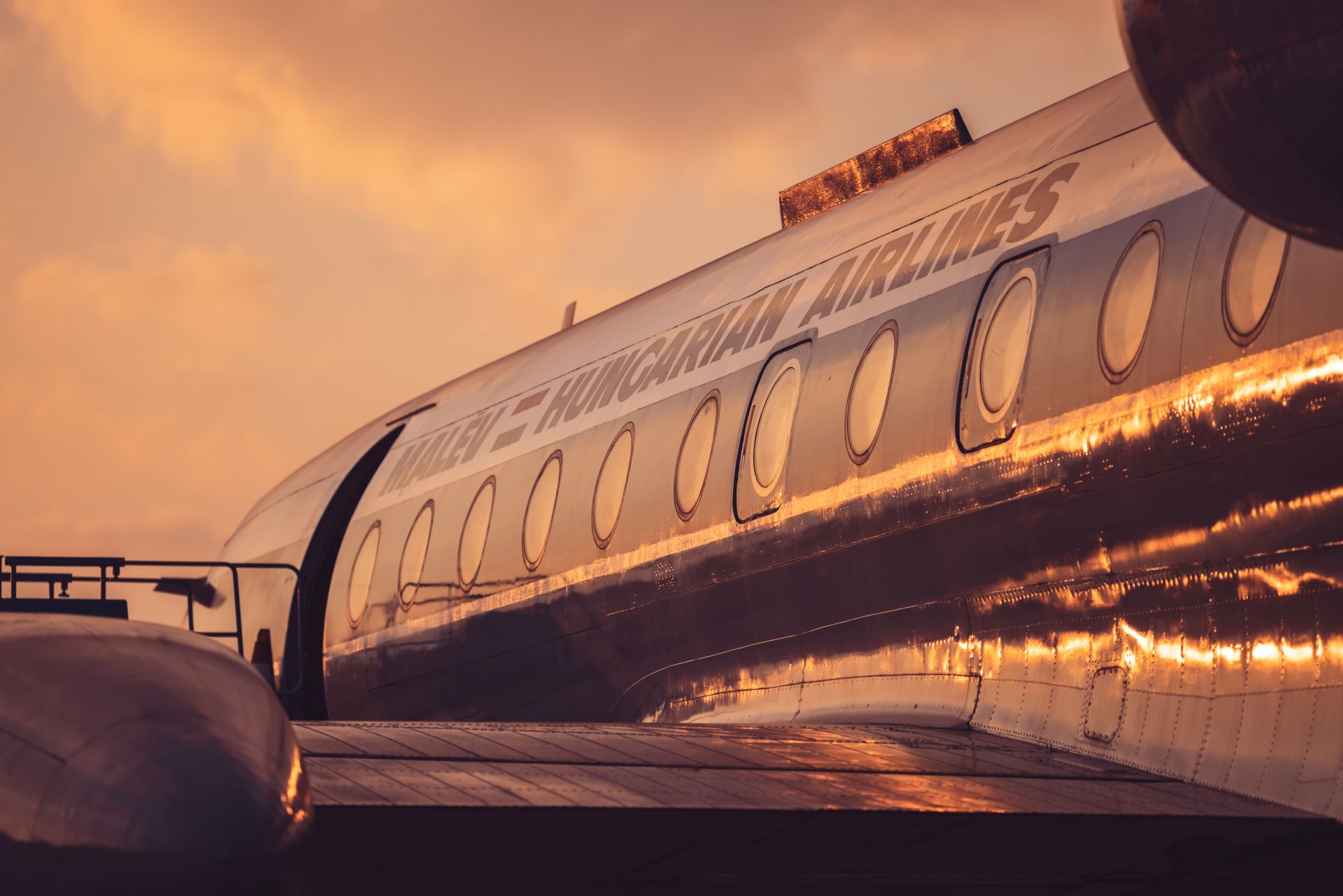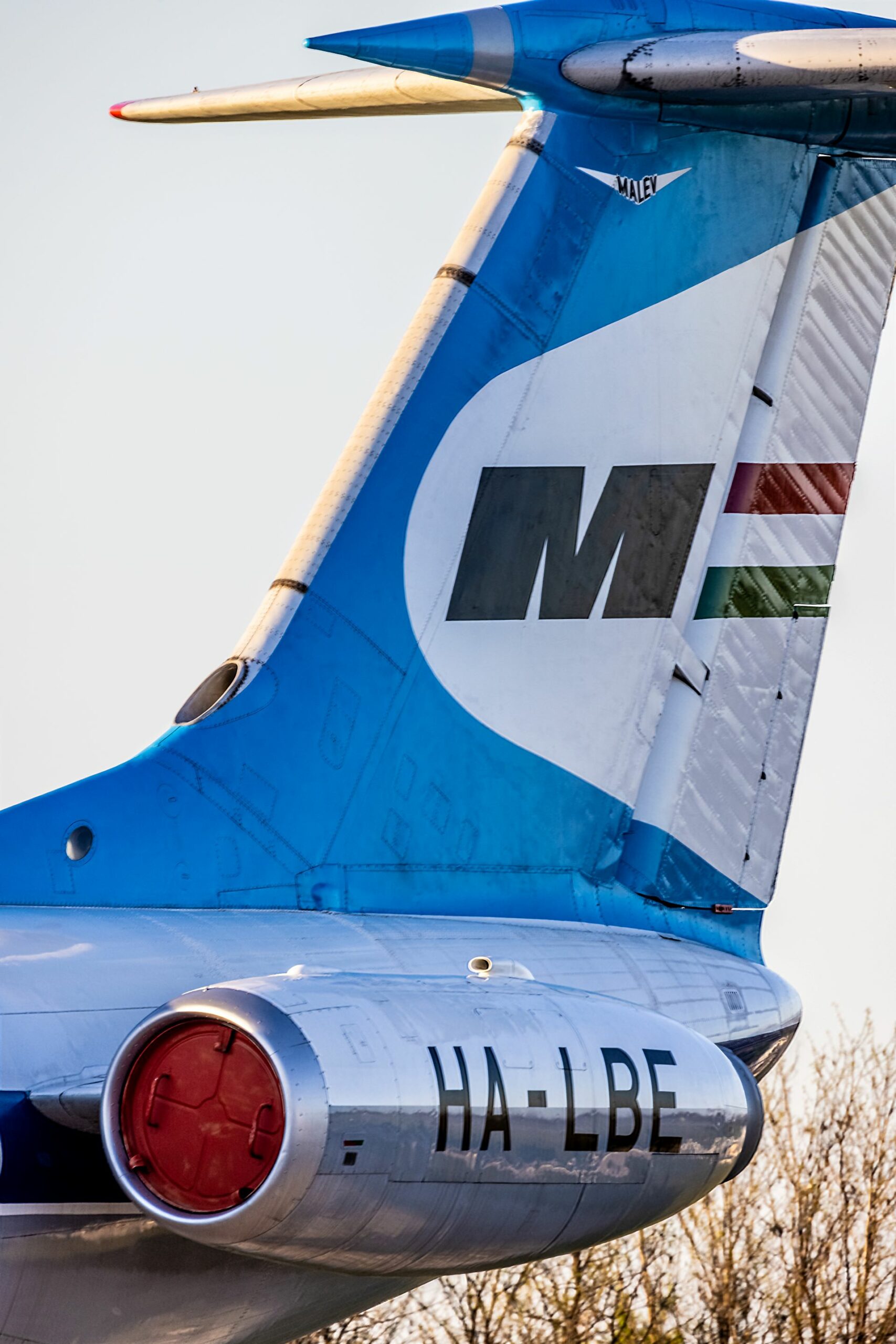Experience flying the type of plane that helped several Eastern European airlines enter the “jet age” in the 1960’s! Take off with a glass-nose Tu-134, climb to cruising altitude, operate the various systems, and enjoy the view of the beautiful landscape. It is also possible at Aeropark! And in a special way, too! The simulator was built in the cockpit of a Tu-134, which spent several tens of thousands of hours in flight, and the original instruments show the flight parameters.
Travel back to the era where crews of 3-4, sometimes 5, worked to serve the aircraft! How was navigation performed? How did they have to land with the “pocket rocket”, or “small iron”, as they called her in Hungary? What are the forces on the controls at low and high speeds? What did one have to pay attention to during approach? Get to know this legendary type, which was a decisive one in the life of Malév, since she was in service at our national airline from 1968 until 1998.








